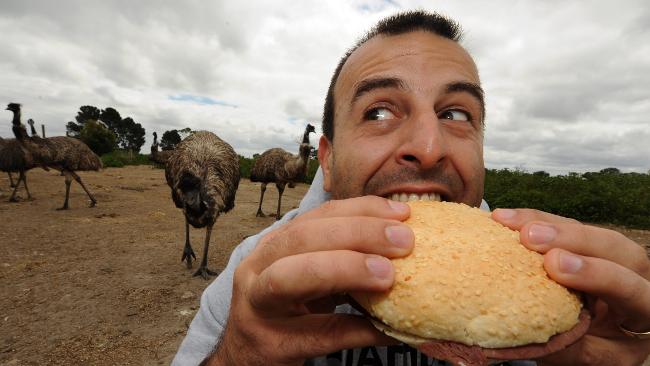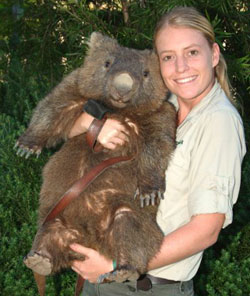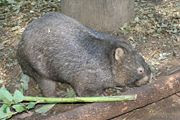Almost 4.8 million women were in some form of paid employment.
In the late 19th century, as Australia entered a period of prosperity, employment opportunities for women started to increase. However, around half of the female workforce was still employed in domestic service for very little pay. Women started campaigning for a range of social and political reforms, including access to universities and the right to vote and stand for parliament. By 1881, they had gained entry to all three universities then in existence (Adelaide, Melbourne and Sydney). Between 1895 and 1908, all state governments granted women the vote and, from 1902, women had the right to stand for federal parliament and vote in federal elections.
By 1943, there were around 800 000 women in the workforce. Australian Aboriginal women share an interdependent relationship with the men playing a dominant role in child rearing and food gathering and sharing the roles of healers, law makers, performers, painters and custodians of traditional ways. Women maintain their traditional knowledge through ceremony and more recently through their paintings.
Today, rather than being an insult, “Sheila” is widely regarded as a Aussie slang word for a woman.
An ‘alright sort of a sheila’ would therefore denote a pretty good woman!
Australia is very much a multicultural country, 25 per cent of Australians were born overseas; the five largest immigrant groups were those from the United Kingdom, New Zealand, Italy, Vietnam, and China.
Timeline
1895: Women vote for the first time in an Australian election (South Australia)
1902: Commonwealth Franchise Act passed, enabling all women (with the exception of Aboriginal women in some states) to stand for federal parliament and vote in federal elections.
1921: Edith Cowan above becomes the first woman elected to an Australian parliament (in Western Australia)
1943: Dame Enid Lyons and Senator Dorothy Tangney above become the first women elected to Federal Parliament
1947: Jessie Street appointed as the Australian representative to the newly established United Nations Commission on the Status of Women
1966: Bar on married women as permanent employees in the federal public service abolished
1969: Equal pay determination by the Commonwealth Conciliation and Arbitration Commission introduces the principle of ‘equal pay for work of equal value’
1984: Federal Sex Discrimination Act passed, to implement the UN Convention domestically
1988: Prime Minister launches the first National Agenda for Women, based on the UN Nairobi Forward-Looking Strategies for the Advancement of Women
1989: Rosemary Follett becomes the first female head of a government in Australia when she is elected Chief Minister of the Australian Capital Territory
1992: Justice Elizabeth Evatt, President of the Australian Law Reform Commission, becomes the first Australian elected to the UN Human Rights Committee
1999: Equal Opportunity for Women in the Workplace Act introduced into parliament on 22 September, replacing the Affirmative Action Act 1986
2010: Australia's first female Prime Minister Julia Gillard.






















































